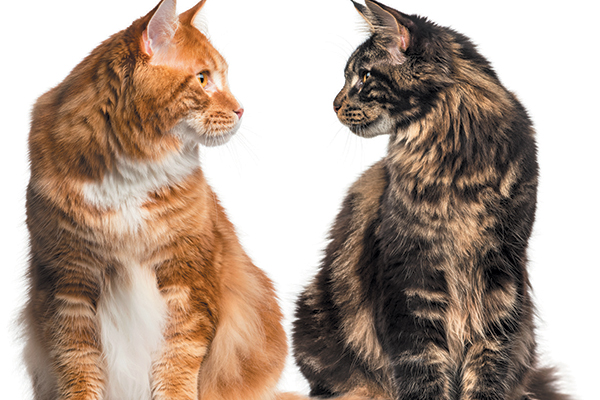When deciding what to feed your cat, verdicts vary among pet parents. Some scrutinize the ingredients on the packaging. Others consult their veterinarians. Some shop for price or convenience. And, some let their cats decide what goes in the food bowls. Which brings us to this ongoing debate: Which is better to feed your cat — wet or dry cat food? The answer isn’t clear cut when it comes to wet cat food vs. dry cat food.
Why wet or dry cat food?
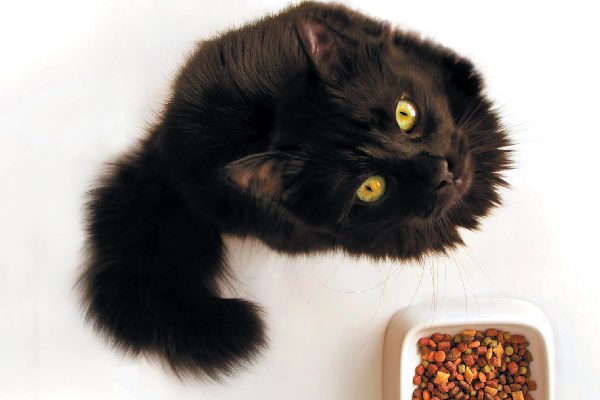
“I am absolutely in the camp of let the particular cat pick,” says Catherine Lenox, DVM, a board-certified veterinary nutritionist based in St. Charles, Missouri, who shares her home with a pair of cats named Sprout and Kiwi. Her cats are on therapeutic diets for food allergies and constipation issues, respectively. Both bypass wet food for the crunch of kibble.
Three other well-respected veterinarians weighed in on the wet or dry cat food debate. Joseph Bartges, DVM, PhD, professor and board-certified nutritionist and internal medicine specialist at the University of Georgia’s College of Veterinary Medicine in Athens, Georgia, adds, “Canned foods are typically around 75 percent moisture, while dry foods are typically around 10 percent moisture.”
“Theoretically, cats will take in more water with a canned food than a dry food, and this may help with urinary disease. But there is more opinion than fact about this topic.”
According to Tony Buffington, DVM, PhD, emeritus professor of veterinary clinical sciences at Ohio State University’s College of Veterinary Medicine, “In my experience, the most common misconception about cat food/nutrition is that ‘one size fits all,’” he says. “The adaptive capacity among cats is large. I have seen cats thrive on every kind of commercial diet.”
Advantages of dry cat food
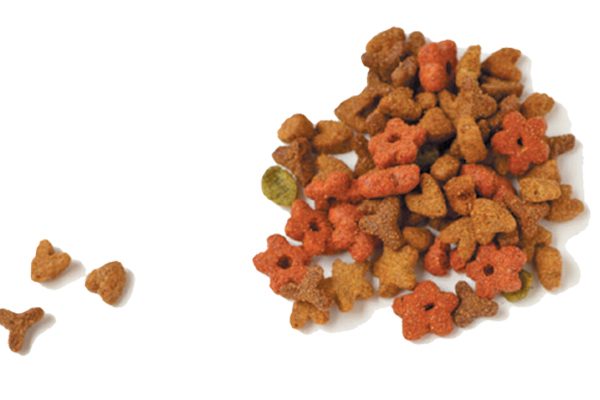
Dry and wet food each sport advantages and disadvantages, making a straight answer to wet or dry cat food even fuzzier. In general, commercial dry cat food:
- Tends to cost less than wet
- Is easier to store because it does not need to be refrigerated
- Enables cats to gobble down calories quickly due to being nutritionally dense.
“The notion that dry food is better for cats’ teeth than canned food is a myth, pure and simple,” clarifies Elizabeth Colleran, DVM, past president of the American Academy of Feline Practitioners, who operates cat-only practices in Chico, California, and Portland, Oregon.
However, kibble sports one-third the moisture in wet foods and that could be an issue if your cat does not voluntarily lap water up at the water bowl to stay hydrated.
Advantages of wet cat food
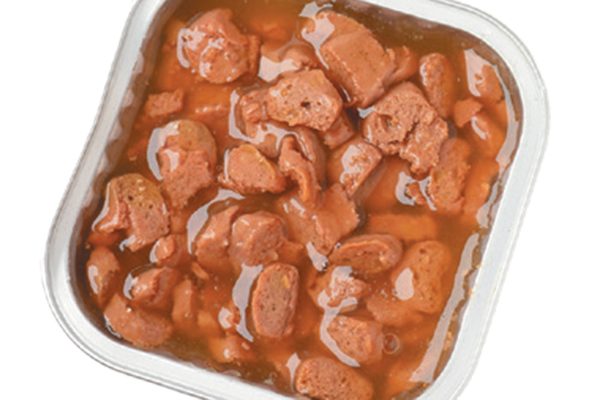
Here’s the scorecard for commercial wet food. On the plus side:
- It’s easier to hide medication in wet food for cats with medical issues
- Wet food contains more water content than dried food
- It tends to emit a more beckoning aroma that could attract older cats who may have trouble eating kibble.
However, wet food tends to cost more bite for bite and requires refrigeration once the top is opened.
“For healthy cats, there is no evidence to suggest that one form of food — dry or canned — is better than the other,” says Dr. Lenox, a diplomate with the American College of Veterinary Nutrition since 2011, who serves as the scientific affairs manager for Royal Canin USA.
“The experts have not reached complete consensus on this issue, but most agree on some of the pros and cons of dry and wet adult cat food.”
A matter of taste for wet or dry cat food
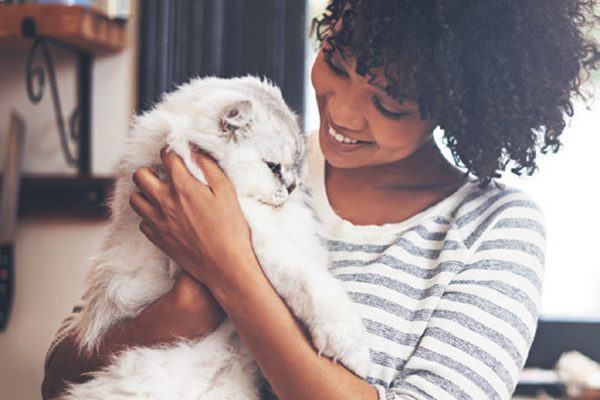
So, what else should you take into account when it comes to wet or dry cat food? Dr. Lenox also notes that cats have fewer taste buds (470) than dogs (1,700) or people (10,000). And cats definitely have personal preferences based on food shape, texture and flavor as well as size and aroma. Even with wet food, some cats prefer gravy or slices or pate of the product made by the same manufacturer and containing the same ingredients.
“So, their taste preferences are not just based on taste, but smell and mouth feel,” she adds. “The texture of kibble-shaped or canned food feels a certain way in the mouth and can impact how a cat accepts or rejects the food.”
As for the touchy topic of carbohydrates, Dr. Lenox responds, “Carbs get a bad reputation, but carbs are a good energy source. It is important to find what is right for a specific cat in terms of the percentage and types of carbs, proteins and fats.”
The bottom line on wet or dry cat food: Work with your veterinarian, and pay attention to your cat’s food preferences in making your decision when it comes to wet or dry cat food.
Tell us: Are you a fan of wet or dry cat food?
Thumbnail: Photography ©GlobalP | Getty Images.
Read more about cat food on Catster.com:

